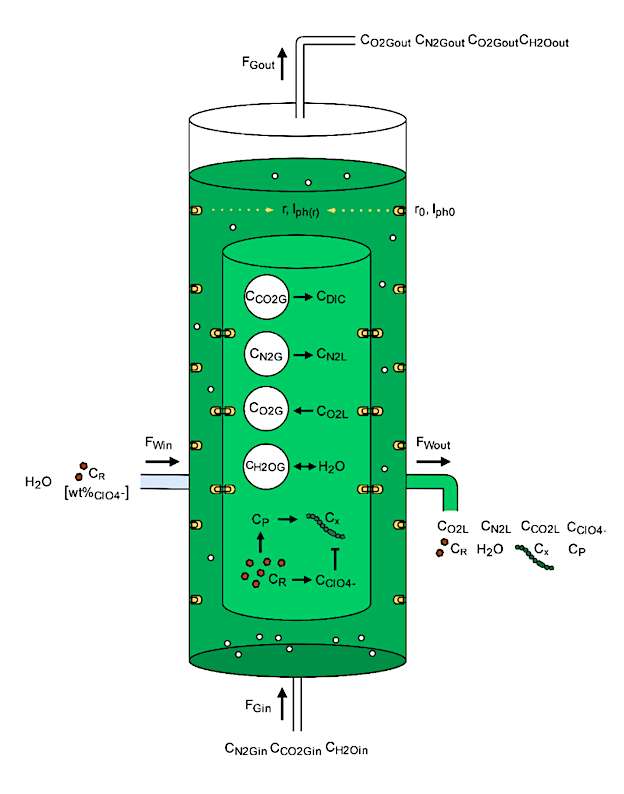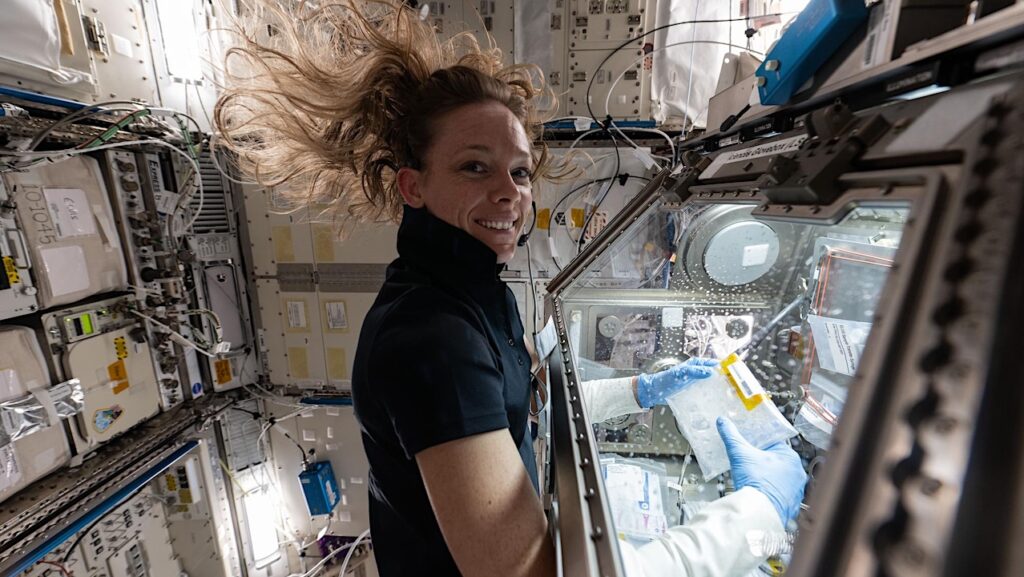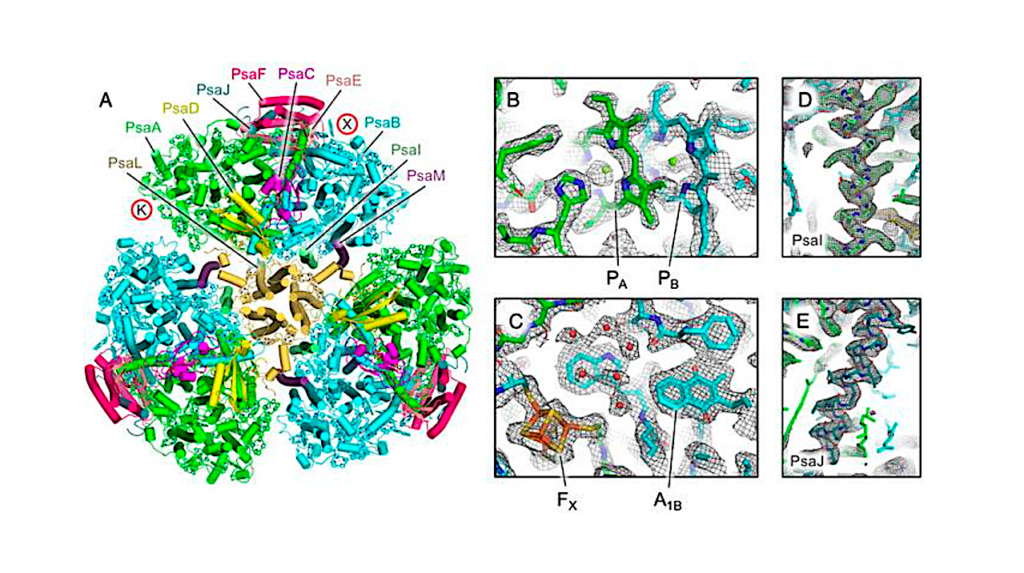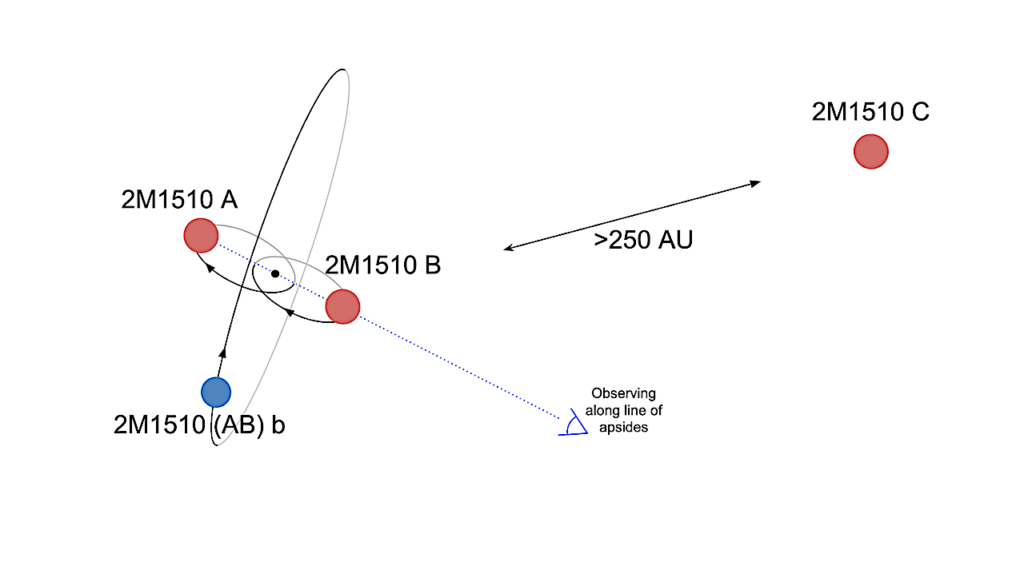Resource-efficiency Of Cyanobacterium Production On Mars: Assessment And Paths Forward

Space agencies and private companies strive for a permanent human presence on the Moon and ultimately on Mars. Bioprocesses have been advocated as key enablers due to their ability to transform locally available resources into added-value materials.
However, the resource-efficiency and scaling of space biosystems remain poorly understood, hindering quantitative estimates of their potential performance. We leveraged extensive cultivation experiments, where a cyanobacterium (Anabaena sp. PCC 7938) was subject to conditions attainable on Mars, to develop a model that can estimate bioprocess productivity and resource-efficiency as a function of water, light, temperature, regolith minerals and perchlorates, and atmospheric carbon and nitrogen.
We show that a breakeven can be reached within a few years. We discuss research lines to improve both resource efficiency and the accuracy of the model, thereby reducing the need for costly tests in space and eventually leading to a biotechnology-supported, sustained human presence on Mars.

Schematic representation of an airlift photobioreactor for cyanobacterial biomass production from Martian resources. The culture medium consists of water (H2O) supplemented with regolith (CR). The regolith releases phosphorus (CP) and perchlorate (CClO4-), which supports and inhibits, respectively, the growth of cyanobacteria (Cx). The gas phase within the photobioreactor contains water (CH2OG), carbon dioxide (CCO2G), nitrogen (CN2G) and oxygen (CO2G). The gas inflow (FGin) and outflow (FGout) replenish the dissolved inorganic carbon (CDIC) and dissolved nitrogen (CN2L) required for biomass production, flush out dissolved oxygen (CO2L), and stir the medium. The liquid inflow (FWin) and outflow (FWout) maintain the biomass concentration constant during operations in continuous mode. Sunlight is provided via light guides and supplemented with artificial light (using LEDs). Light guides and LEDs are placed on the outer shell, radiating inwards, and on the inner shell, radiating in- and out- wards. Light sources have a radial position defined as r0 and a corresponding light intensity (Iph0). The light availability decreases with distance from the incident light (r), leading to a localized light intensity (Iph(r)). — biorxiv.org
Tiago P. Ramalho, Vincent Baumgartner, Nils Kunst, David Rodrigues, Emma Bohuon, Basile Leroy, Guillaume Pillot, Christiane Heinicke, Sven Kerzenmacher, eMarc Avila, ProfileCyprien Verseux
Resource-efficiency of cyanobacterium production on Mars: Assessment and paths forward, biorxiv.org
Astrobiology








